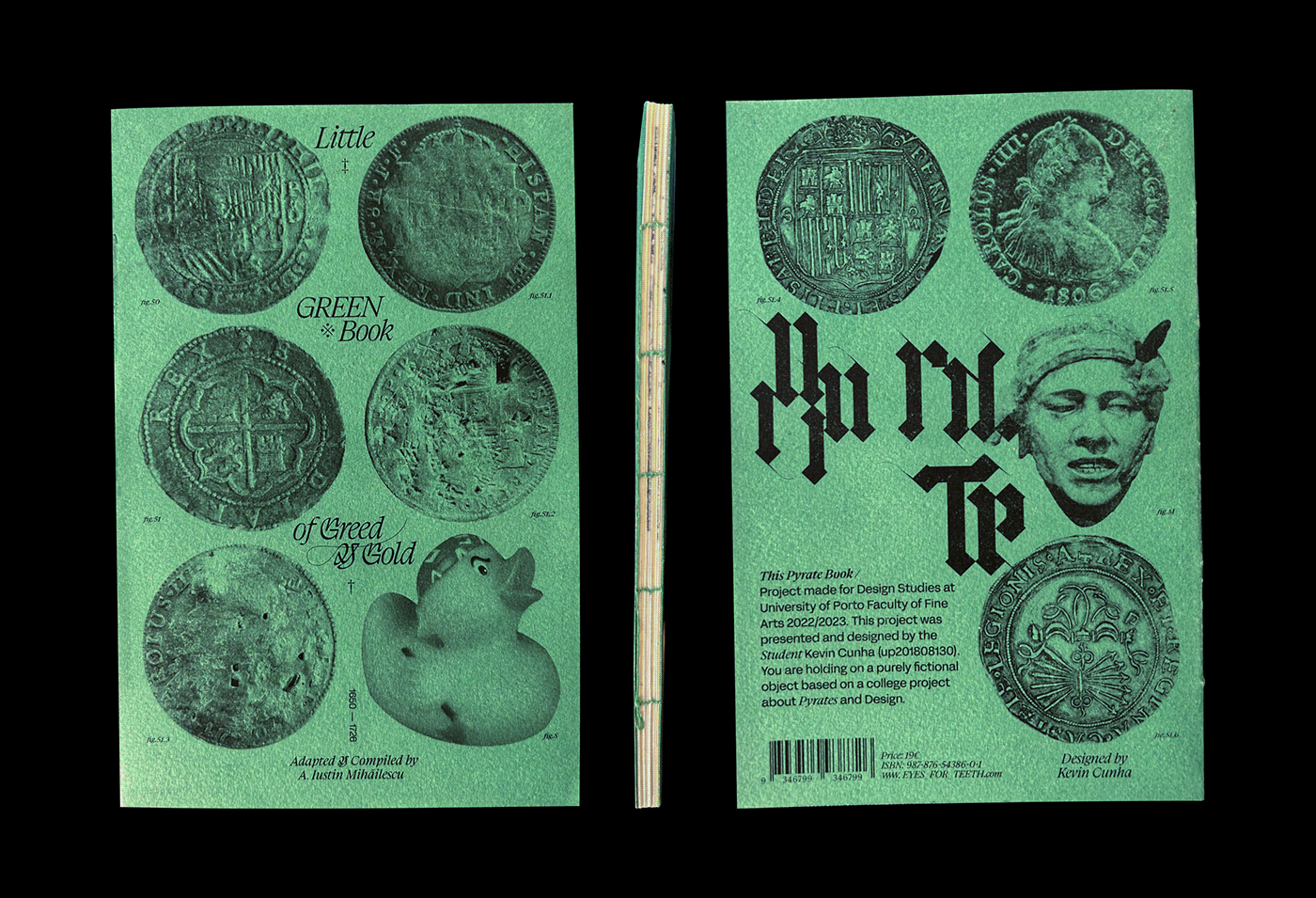BREAKING SPATIAL BOUNDARIES | the school as A ‘micro-city’, the city as a ‘macro-school’
This research thesis intends to approach and intertwine the fields of educational space, urban design, as well as sustainable development. In 21st century societies marked by globalisation and the domination of the digital, learning can be achieved in different places with the utilisation of mobile technologies. Nevertheless, physical educational spaces play a crucial role in acquiring social competences and as vital resources for local communities. Hence, in order to compensate for the ‘attractiveness of the screen’, the educational environment needs to be re-promoted as primarily a vital social space, with the provision of a multiplicity of locations and spatial types.

There are two main arguments towards that direction which are defended throughout the research process. Firstly, in recent decades there have been trends of breaking boundaries between independent spatial units within the school building, as well as within the planning/design process, with the ultimate goal of opening the educational environment to public space and public debate. The concept of exceeding the limits of each unit does not imply their abolition, but signifies the exceeding of the classroom and the school building as the exclusive loci of education. Secondly, the schoolyard and open-ar urban space are approached as an environmental tool for informal/non-formal education; lying in the intersection of participatory practices, spatial literacy and unstructured play; and for sustainable action, such as environmental education, awareness of the gendered use of space and bottom-up activism.

According to Hertzberger’s structuralist compositional approach, ‘breaking’ the boundaries of the classroom implies a ‘spatial structure’ that contains the spatially articulated classroom, the welcoming threshold between classroom and corridor and the transformation of the remaining circulation space into a controlled, but in flux, ‘learning landscape’. In addition to that, the attribution of urban qualities through the management of ‘visibility’ and ‘coverage’ transforms the school building into a ‘micro-city’, an environment as visually and acoustically stimulating as urban space. At the same time, practices such as combining urban agriculture with cultural and political action at the community level, collecting environmental data and mapping green spaces, integrating gender and care into the urban environment, and re-appropriating public spaces by civil society groups, render urban space as a sustainable ‘macro-school’.






RAIKIDOU Evangelia
2022 | AUTh
2022 | AUTh



